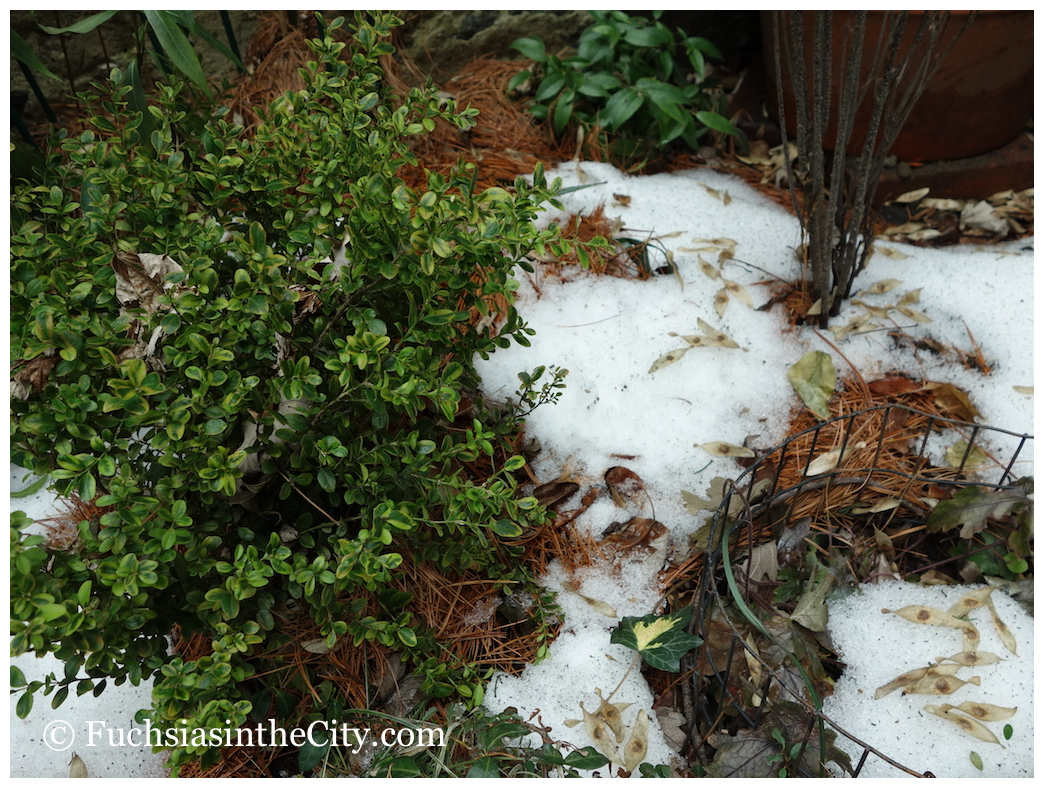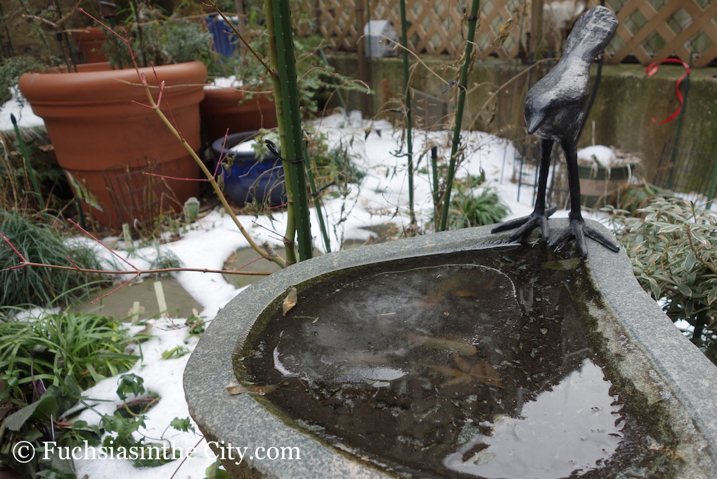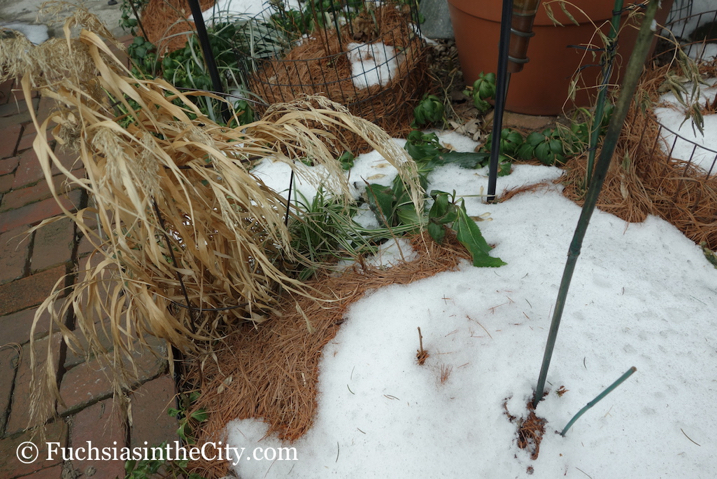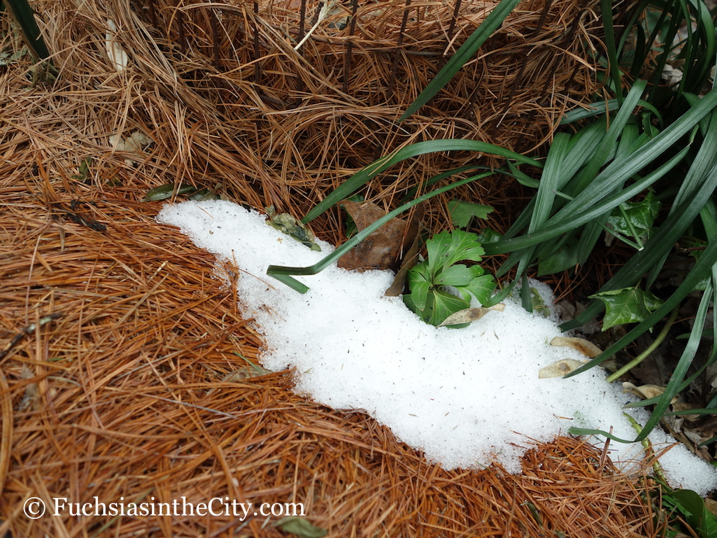Punxsutawney Phil sees a shadow
Sunday, February 02, 2014

Groundhogs are also rarely and oddly called whistle-pigs or land-beavers. Whistle-pig I can understand. They do tend to sit up when alarmed by a whole host of marauders, from coyotes to eagles to dogs, and emit a high-pitched warning squeal for the benefit of others nearby. Land-beaver is truly odd. Well, you can almost see it, I guess. At least if you sit up yourself and squint at it from a long distance away. A very long distance. And think, ”Um... The darn thing must be sitting on its tail?”

No badgers, and the local bears not really working out? What’s a good German farmer to do? Ever practical, these German farmers, they took stock of the other available animals and selected Marmota monax. The groundhog turned out to be an exceptionally suitable stand-in. It’s a large ground squirrel or marmot that engages in the prerequisite burrowing behavior needed for a good mid-winter forecast. Marmota monax is also quite common in northeastern and central North America. Off into large swaths of British Columbia and Alaska even. And it’s mostly a vegetarian, when it isn’t snacking on the occasional grub, slug or grasshopper. The fat little critter has a certain feisty reputation, but nowhere near that of the maybe groggy but hungry black bear emerging from its den. Marmota monax, welcome to Grundsaudaag.

After a couple of weeks of colder than cold, it's fifty degrees fahrenheit today. I finally emerged from the apartment myself. Without having to put on three layers of down. The snow has receded faster than the tide. The camellias have unclenched their leaves. The bird pond's thawing. The bamboo leaves are a little burnt from the wind but they’ll leaf out again. How are the plants doing under their own thick winter duvets of pine straw? After two weeks barely out of the teens with single-digit lows? A bit too early to tell but no hint of frost below when I pushed in a few sticks! It’s the miracle of good mulch. In a few weeks I’ll be pulling back protective covers and cleaning up everything else that wilted or has floated in since the fall. I’m itching already. And, hey, the birds are already singing in that certain way that only means one thing’s coming.
I also didn’t see my shadow this morning. Yes, there is a spring soon. Sorry, Phil. Better luck next year.


